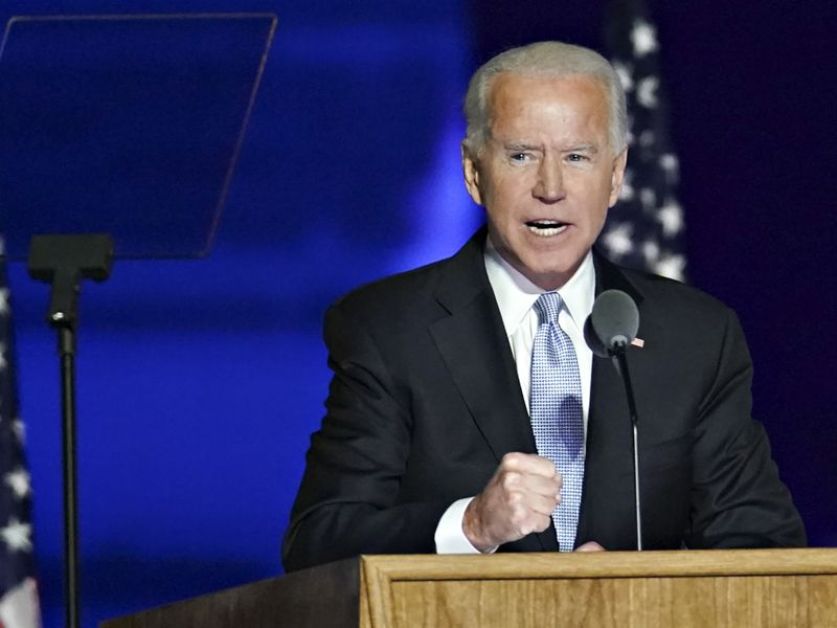Over the last year, COVID-19 has undone the economic, health and food security of millions, pushing as many as 150 million people into extreme poverty. While the health and economic impacts of the pandemic have been devastating, the rise in hunger has been one of its most tangible symptoms.
Income losses have translated into less money in people’s pockets to buy food while market and supply disruptions due to movement restrictions have created local shortages and higher prices, especially for perishable food. This reduced access to nutritious food will have negative impacts on the health and cognitive development of COVID-era children for years to come.
Global food prices, as measured by a World Bank food price index, rose 14% last year. Phone surveys conducted periodically by the World Bank in 45 countries show significant percentages of people running out of food or reducing their consumption. With the situation increasingly dire, the international community can take three key actions in 2021 to increase food security and help prevent a larger toll on human capital.
The first priority is enabling the free flow of food. To avoid artificial shortages and price spikes, food and other essential goods must flow as freely as possible across borders. Early in the pandemic, when perceived shortages and panic generated threats of export bans, the international community helped keep food trade flows open. Credible and transparent information about the state of global food inventories – which were at comfortable levels pre-COVID – along with unequivocal free-trade statements from the G20, World Trade Organization, and regional cooperation bodies helped reassure traders, and led to helpful policy responses. Special rules for agriculture, food workers and transport corridors restored supply chains that had been briefly disrupted within countries.
“To avoid artificial shortages and price spikes, food and other essential goods must flow as freely as possible across borders.”
We need to remain vigilant and avoid backsliding into export restrictions and hardened borders that make food – and other essentials – scarce or more costly.
The second priority is bolstering social safety nets. Short-term social safety nets offer a vital cushion for families hit by the health and economic crises. In Ethiopia, for example, households that experienced problems in satisfying their food needs initially increased by 11.7 percentage points during the pandemic, but participants in our long-running Productive Safety Net program were shielded from most of the negative effects.
The world has mounted an unprecedented social protection response to COVID-19. Cash transfers are now reaching 1.1 billion people, and innovative delivery mechanisms are rapidly identifying and reaching new groups, such as informal urban workers. But “large scale” is not synonymous with “adequate”. In a review of COVID-19 social response programs, cash transfer programs were found to be:
- Short-term in their duration – lasting just over three months on average
- Small in value – an average of $6 (£4.30) per capita in low-income countries
- Limited in scope – with many in need remaining uncovered
The pandemic has reinforced the vital imperative of increasing the world’s investments in social protection systems. Additional measures to expedite cash transfers, particularly via digital means, would also play an important role in reducing malnutrition.
The third priority is enhancing prevention and preparedness. The world’s food systems endured numerous shocks in 2020, from economic impacts on producers and consumers to desert locust swarms and erratic weather. All indicators suggest that this may be the new normal. The ecosystems we rely on for water, air and food supply are under threat. Zoonotic diseases are on the rise owing to growing demographic and economic pressures on land, animals and wildlife.
A warming planet is contributing to costlier and more frequent extreme weather events. And as people pack into low-quality housing in urban slums or vulnerable coastal areas, more are living in the path of disease and climate disaster.
Development gains can be wiped out in the blink of an eye. Our experience with hurricanes or seismic events shows that it is more effective to invest in prevention, before a catastrophe strikes. That’s why countries need adaptive social protection programs – programs that are connected to food security early warning systems and can be scaled up in anticipation of shocks.
The time is long overdue to shift to practices that safeguard and increase food and nutrition security in ways that will endure. The to-do list is long and urgent. We need sustained financing for approaches that prioritize human, animal and planetary health; restore landscapes and diversify crops to improve nutrition; reduce food loss and waste; strengthen agricultural value chains to create jobs and recover lost incomes; and deploy effective climate-smart agriculture techniques on a much greater scale.
“The world’s food systems endured numerous shocks in 2020, from economic impacts on producers and consumers to desert locust swarms and erratic weather.”
The World Bank Group and partners are ready to help countries reform their agriculture and food policies and redeploy public finance to foster a green, inclusive, and resilient recovery.
Focusing on food security would address a basic injustice: almost one in 10 people live in chronic hunger in an age of food waste and plenty. This focus would also strengthen our collective ability to weather the next storm, flood, drought, or pandemic – with safe and nutritious food for all.
This piece was originally published in the Guardian.





